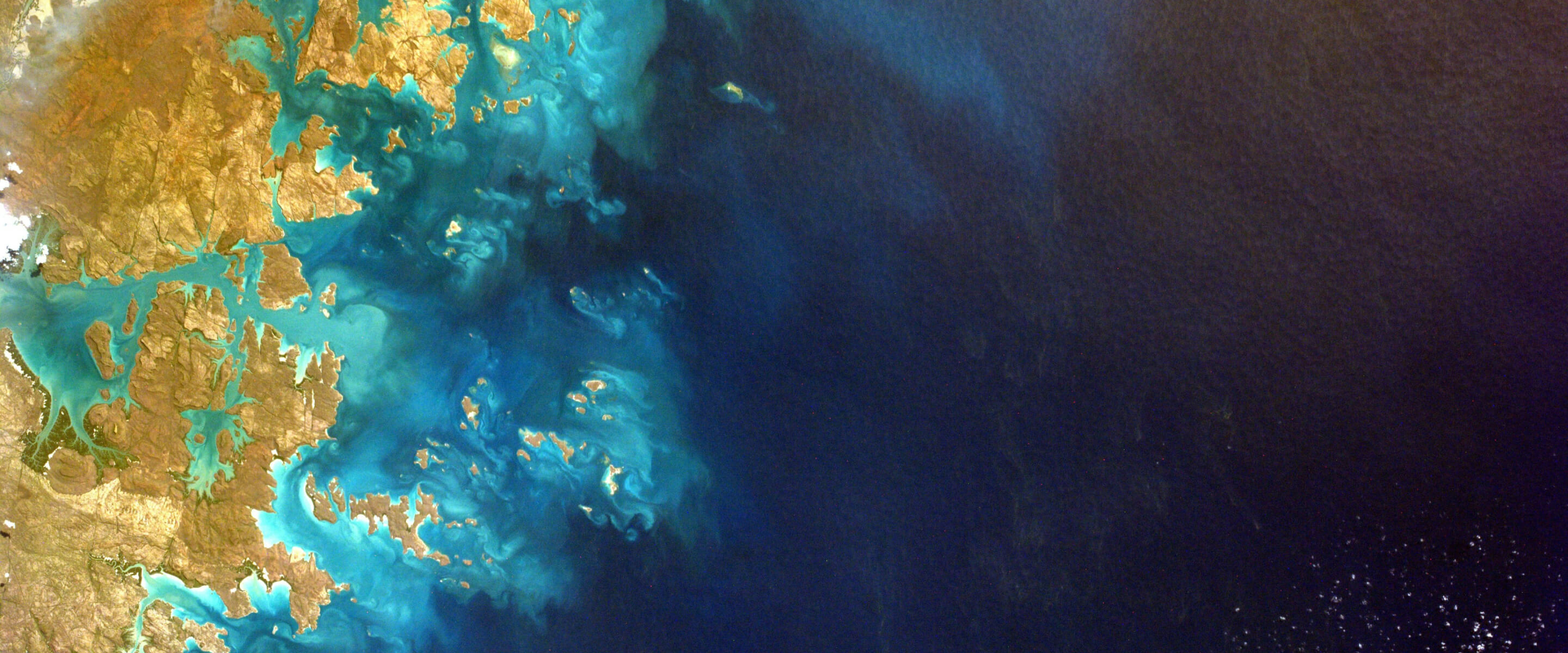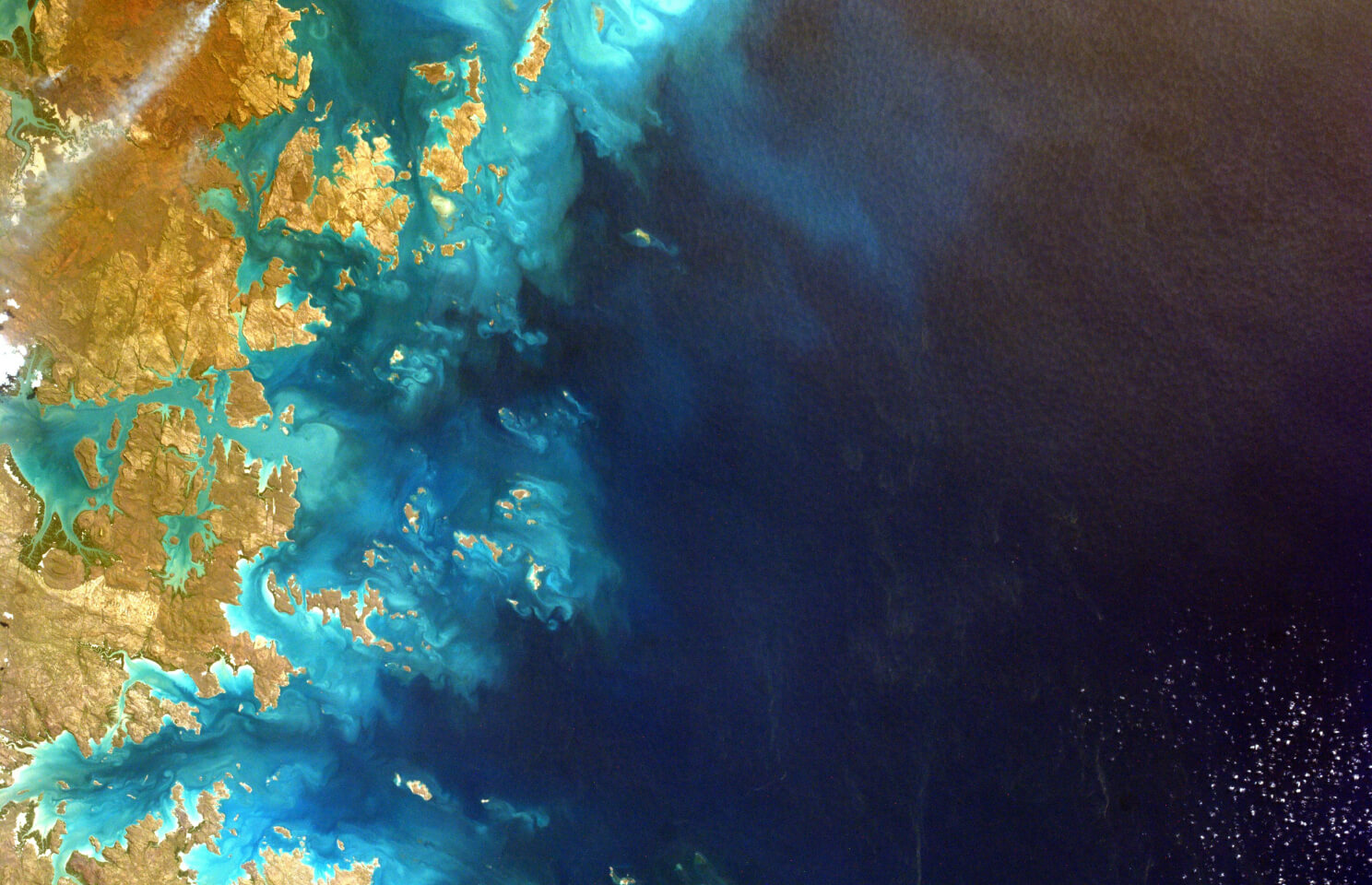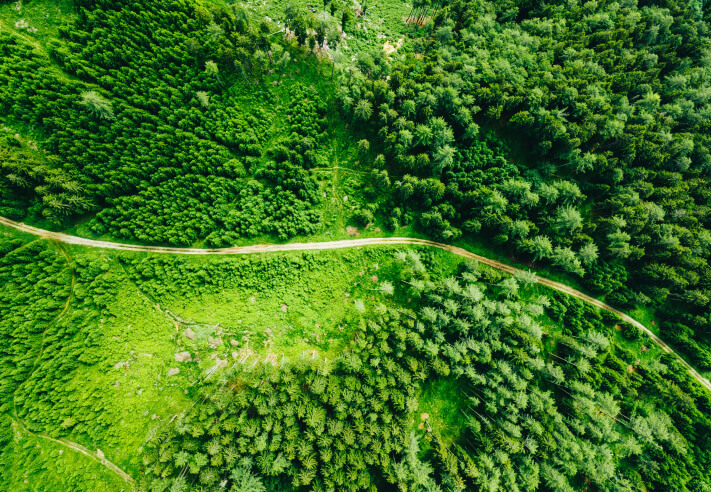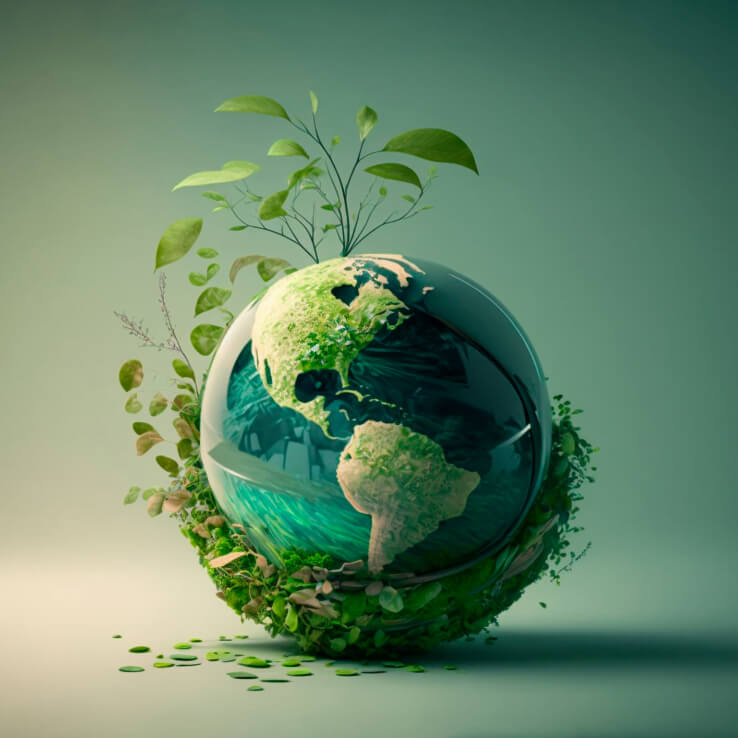Measure, Act, and Leave a Greener Legacy
The KAVALAN Eco Calculator is a cutting-edge tool designed to help businesses accurately quantify and compare the environmental impact of large-format printing materials and industrial fabrics against traditional material choices. Utilising Life Cycle Assessment (LCA) data, this innovative solution provides an easy-to-understand method for evaluating the eco-benefits of KAVALAN's PVC-free products, empowering companies to make informed and sustainable decisions.








